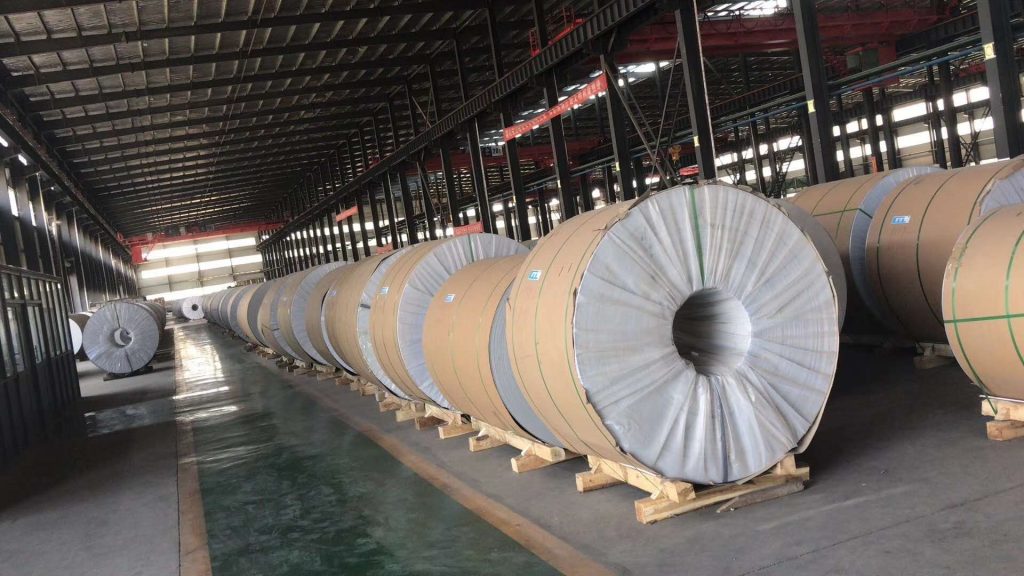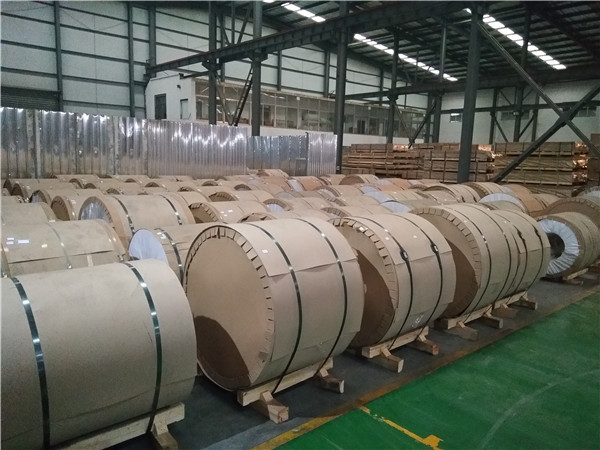Introduction
Aluminum coils are prone to moisture intrusion during production, transportation, and storage, which can compromise their quality. Therefore, keeping aluminum coils dry is crucial. This article will introduce some clever tips to help effectively prevent aluminum coils from getting damp and ensure their quality and performance.
Sealed Packaging
Wrap aluminum coils in sealed packaging materials, such as plastic film or airtight bags, to prevent air and moisture from entering. Sealed packaging effectively protects aluminum coils from moisture intrusion.

Use of Desiccants
Add desiccants like silica gel or activated carbon to the packaging of aluminum coils to absorb moisture from the air and maintain a dry environment inside the packaging. This helps prevent moisture from affecting the aluminum coils.
Regular Inspection
Regularly inspect the storage conditions of aluminum coils, ensuring that the packaging is intact and promptly replacing desiccants when necessary. Timely detection and handling of issues can effectively prevent aluminum coils from getting damp.
Avoid Outdoor Storage
Avoid exposing aluminum coils to humid environments and opt for dry and well-ventilated storage locations. Minimizing exposure to humid environments reduces the risk of aluminum coils getting damp over time.

Proper Packaging for Transportation
During transportation, employ appropriate packaging measures to shield aluminum coils from rainwater or moisture intrusion. Proper packaging effectively protects aluminum coils from the effects of humidity during transit.
Timely Utilization
Upon the need for aluminum coils, promptly open the packaging and proceed with processing to minimize the storage time and reduce the risk of moisture absorption. Timely utilization helps mitigate the likelihood of aluminum coils getting damp.
Conclusion
By implementing the aforementioned clever tips, aluminum coils can be effectively shielded from moisture, ensuring their quality and performance are preserved. Keeping aluminum coils dry is essential throughout the production, transportation, and storage processes.


